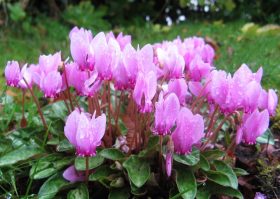OCTOBER
Leaves will now be falling thick and fast. Keep collecting them to avoid damage to lawns from them blocking out light and to remove cover for slugs & snails on flower beds
Use the fallen leaves to make valuable leaf mould.
However, make sure you do not use leaves from rose bushes and fruit trees for leaf mould or compost, as that could serve to spread diseases such as black spot and scab. Instead, collecting and burning these leaves is an important way of combating such diseases.
Source your tulip bulbs for flower beds and containers from reliable suppliers while there is still a good choice.
for flower beds and containers from reliable suppliers while there is still a good choice.
Early November is the best time to plant them.
Remember to bring back inside  any plants put outside for the summer, before it gets too cold, carefully checking for any pests & diseases they may have picked up outside, such as mealybug, red spider mite and scale insect;
also check rootballs for vine weevil grubs.
any plants put outside for the summer, before it gets too cold, carefully checking for any pests & diseases they may have picked up outside, such as mealybug, red spider mite and scale insect;
also check rootballs for vine weevil grubs.
Avoid containers getting waterlogged during the winter by raising them on tiles, bricks or purpose-made feet so that water can drain out.
Put alpines somewhere sheltered
from the worst of the rain – they do not mind the cold, providing they do not get too wet.
When storing apples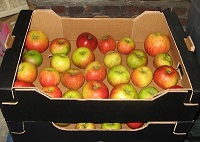 , use only good condition fruit (windfalls will invariably be bruised). Put them in single layers.
, use only good condition fruit (windfalls will invariably be bruised). Put them in single layers.
Cardboard supermarket trays are useful, as they can be stacked and allow some circulation of air.
Check regularly to remove bad apples before they affect the rest.
Grease bands or barrier glue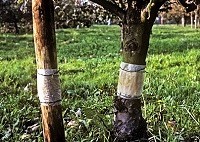 should now be applied to the trunks of fruit trees. This stops winter moths climbing up and laying their eggs in the trees, avoiding caterpillar damage next spring. Apply also to any stake linked to the tree above the barrier.
should now be applied to the trunks of fruit trees. This stops winter moths climbing up and laying their eggs in the trees, avoiding caterpillar damage next spring. Apply also to any stake linked to the tree above the barrier.
For deeply fissured bark the glue is best, as moths could just climb up gaps that might be left inside a grease band.
Don’t feed plants late in the season
as this will encourage soft, sappy growth that is more vulnerable to damage by frost and by wet, and can encourage fungal diseases to develop.
Asparagus is one of the most rewarding vegetables for the garden – it is not difficult to grow & shop-bought asparagus just doesn’t compare.
is one of the most rewarding vegetables for the garden – it is not difficult to grow & shop-bought asparagus just doesn’t compare.
Now is a good time to prepare the ground, particularly eradicating perennial weeds, ready for planting out the crowns in March.
Clean & disinfect the greenhouse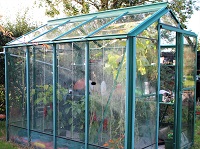
as soon as summer crops can be cleared out, ready for you to move tender plants in for the winter.
Insulating with bubble wrap on the inside will help keep an unheated greenhouse warmer and reduce the cost if you will be heating it.
Standing tropical houseplants
on trays of wet gravel can help offset the drop in humidity when the central heating starts.
Grouping them together can also help create a more humid microclimate.
Also, check whether any of the items from September still need attention.
Wildlife in the garden
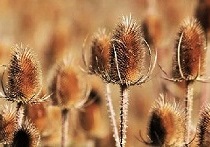
Leave seedheads standing
For wildlife cover, bird food & winter structure.

Help Frogs & Toads Overwinter
You don’t need a pond, just a few minutes work
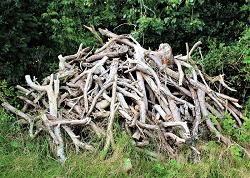
Use Old Wood to Benefit Wildlife
A feature in an odd corner that will welcome a variety of life.

What’s in a Hedge?
Hedgerows support a wide range of various wildlife. Delve in to discover more.
Click any day below for a more detailed weather forecast, which also looks further ahead

